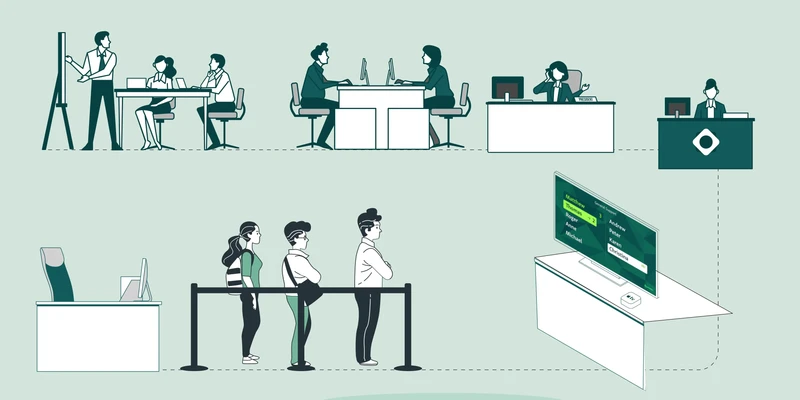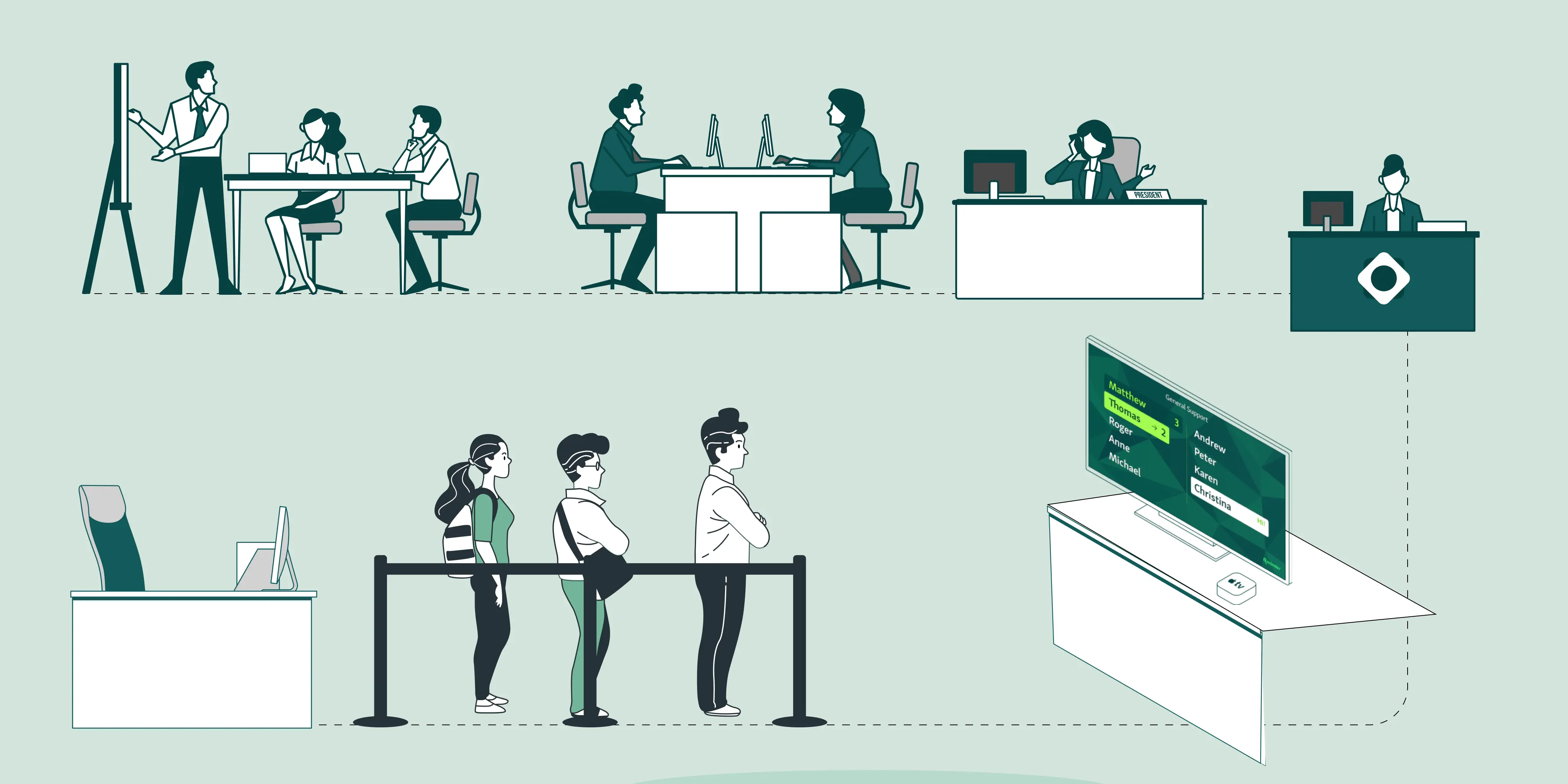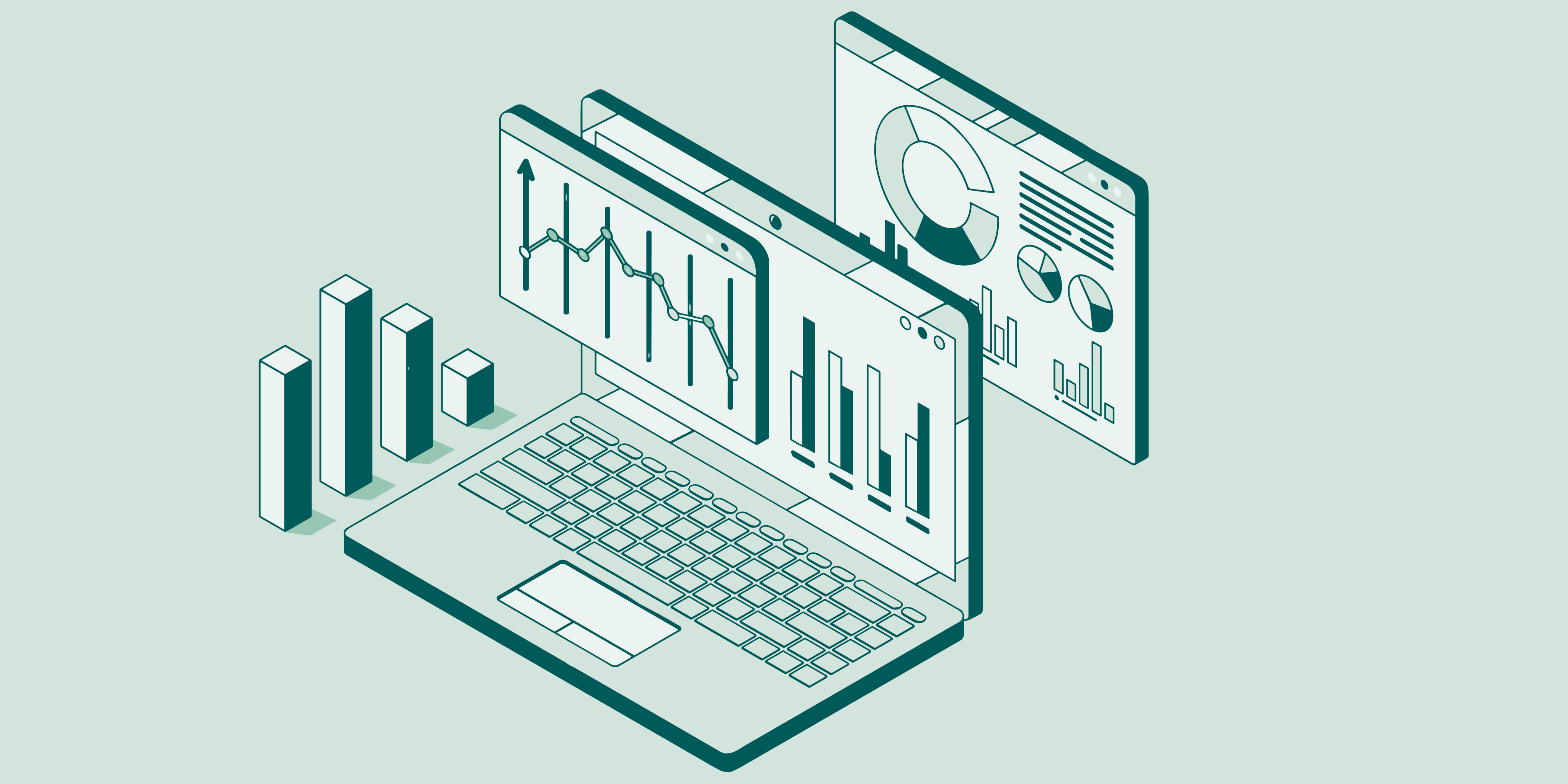Long lines, overcrowded lobbies, frustrated citizens and exhausted staff. These represent some of the more common, everyday pains experienced in high-traffic public service locations such as city halls, DMVs, and health clinics.
Managing high volumes of people is more than just getting people through the process faster; it's about creating a better service experience for both service users and staff.
We call this customer flow management. While it might sound like a buzzword, it is the foundation for better service delivery and happier customers.
In this guide, we will discuss what customer flow means and why it is important. We’ll also explore the best practices, techniques, and tools that can help public sector agencies manage large crowds more smoothly and efficiently.
What is Customer Flow and Why Does It Matters?
Customer flow refers to how people travel through a service space, starting when they arrive and ending when they leave. Customer flow is about navigating customers through each part of their journey whether that be checking in, waiting, being served, or following up.
Improvement in customer flow is impactful in public offices such as DMVs, city halls, permit centres and local clinics. When a process runs good, customers feel like they are being helped in an efficient and timely manner and the environment seems more organized. When it doesn't run well, frustration builds very quickly.
The consequences of not managing customer flow will have an impact everywhere:
Lines become longer than necessary
People become confused about where they are going and what they should be doing next
Staff are overwhelmed and consequently stressed
Crowd builds up in the lobby and waiting areas
Overall trust in public services diminishes
7 Best Practices for Customer Flow Management in Government and Public Service
Managing large volumes of visitors isn’t just about keeping the line short. It’s about creating a well-organized, low-stress environment where people know what to expect and staff can do their jobs effectively. Here are seven best practices to help public agencies manage customer flow more smoothly.
1. Offer Multiple Check-In Options
Each visitor has their own level of comfort with technology. By providing multiple options for check-in, whether a digital screen, mobile phone or talking to someone at the counter, you are managing entry congestion and establishing a better tone for the visit. By using a flexible customer flow management system, you achieved this outcome.
Here’s how these options assist with flow:
Self check-in kiosks provide expedited entry and reduce dependency on front desk staff.
Mobile check-in allows visitors to join the line remotely, which can prevent crowded lobbies.
In person greeters or front desk staff can engage those that may be struggling or prefer a face to face welcome.

Providing options about how individuals start their visit tends to smooth the whole queue system, make it quicker, and be more inclusive.
2. Separate Walk-Ins from Appointments
Walk-ins and appointments have completely different pathways and it can lead to frustration among visitors and staff if they are mixed. An appointment scheduling system can help break down visitors nicely on when they were checked in, either kiosk check-ins, online check-ins, greeter check-ins, each group then went into their own customer queue, and everything was staged nicely.

This process helps service flow and manageability:
One way to avoid backlog and rushing is to keep walk-ins and appointments within separate queues.
Another way to shorten wait time and ensure proper and timely service is to prioritize who you serve first based on urgency, type of service, booking status
There are plenty of appointment queue software tools, like Qminder, that can even make this easier with auto check-ins based on preferred flow, queue segmentation for a visual, and real-time service dashboards.
Also read - Walk-in vs. Appointment Scheduling: Choosing the Best Approach
3. Display Real-Time Queue Information
Uncertainty is a considerable source of aggravation for the public sector. People only become more frustrated when they don’t know how long they’ll be waiting; or if they’ve bumped into another person who has taken their turn and this person has been given no indication of what’s going on. That anxiety creates unneeded stress, complaints and general confusion at the front counter.
Making this visible either by way of providing updates on your digital screens, either through SMS updates, will give them confidence. Instead of just standing around the counter or constantly checking in with staff, they can settle in, step outside, or look for productive things to do and still be in the loop.
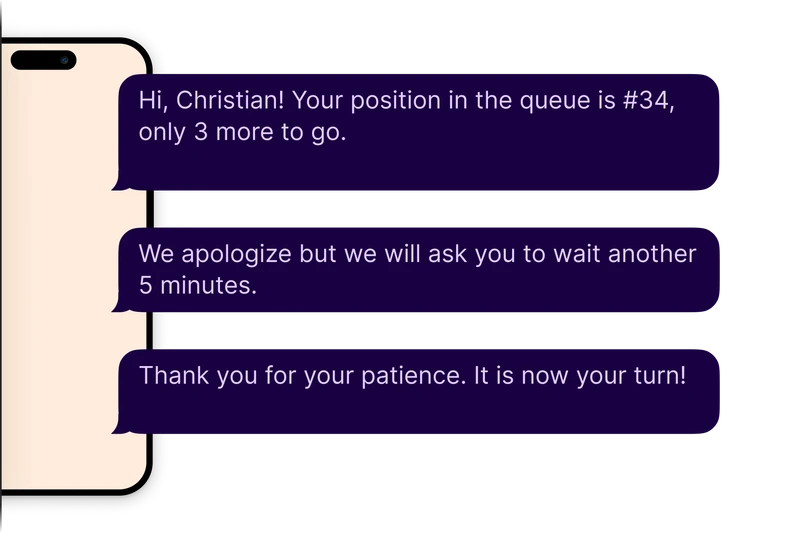
This simple change of habit allows a much more relaxed and efficient environment:
Less congestion at service counters because people are not afraid to step away
More relaxed waiting room, creating a much better ambiance
Less interruptions for staff so they can stay focused on helping people
4. Use Zoning and Wayfinding
An ineffective layout results in wasted time, frustrated visitors and congested hallways. By organizing your space into zones that correspond to the type of service, you make it easier for visitors to navigate their environment. When people know where to go, the movement will be more seamless.
Using visual direction will also assist this process throughout the space:
Designated areas for payments, consultations, and documentation can prevent visitors from straying to the wrong counter or experiencing congestion in areas of non-engagement
Visual wayfinding devices within a building like floor graphics or overhead signage, can help route foot traffic and eliminate backtrack
Consider zoning and signage as a strategy to increase fluidity of movement in your space when servicing more people in a condensed time-frame.
5. Optimize Staffing Based on Flow Data
Staffing too much during slow hours wastes resources. Staffing too little during peak times overwhelms your team and frustrates visitors. That’s why understanding real-time foot traffic is essential. A customer flow management system helps you track patterns, identify busy periods, and make smarter staffing decisions.
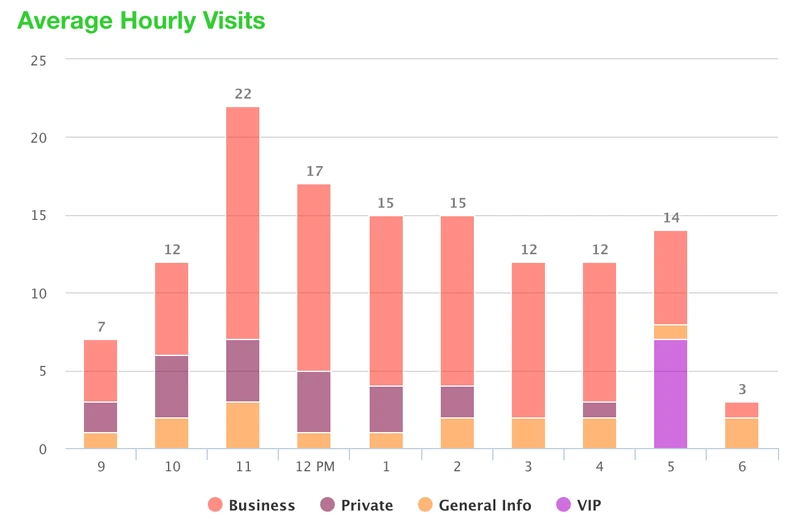
With better planning, you can:
Prevent overstaffing during quieter periods, saving operational costs
Boost efficiency when traffic surges, ensuring no one is left waiting too long
By aligning staff schedules with actual demand, public agencies can operate more smoothly and serve citizens faster.
6. Train Staff for Queue Engagement
It is important to remember that managing queues is not just about systems—it is a people issue. Staff can dramatically influence the waiting experience. By training staff on the purpose behind their tasks, you help them understand the bigger picture.
When they’re also taught to interact with citizens, greeting them, offering directions, and answering questions, it reduces confusion and creates a more reassuring experience during busy hours.
A more involved approach would be for example:
Have a queue manager/lobby lead to facilitate flow and intervene when required.
Train front desk staff to resolve small issues on the spot and avoid sending visitors all over the facility.
Engaged and proactive staff make lines feel shorter and service feel seamless.
7. Collect Feedback to Continuously Improve
Feedback is one of the best ways to improve your customer flow management system. When you ask for quick feedback from visitors directly after their service, you receive feedback immediately to what is working and what is not.
It doesn't matter if it's a kiosk based survey, button follow-up, or a quick rating they provide you with feedback that allows you to recognize patterns and eliminate friction in the flow.
Ask them if they encountered an unacceptable wait time and the experience with the service was clear.
Take action on common themes, like self check-in confusion, or poor signage.
In a very short time, you will develop a fluid and citizen-centric environment that is responsive to the actual needs of the community, whether from surveys, reviews, or other empirical evidence or assumptions.
You might also like - Improving Business With Service Intelligence
Moving From Crowd Control to Seamless Service
High‑traffic government offices don’t have to feel chaotic. When you map the customer flow, separate walk‑ins from appointments, post real‑time queue data, right‑size staffing, and build a steady feedback loop, lines shrink and satisfaction climbs.
Each practice eases pressure on both visitors and staff, turning long waits into predictable, transparent experiences. The result: fewer complaints, more completed transactions, and a stronger sense of public trust.
Qminder pulls these best practices into one platform—check‑in kiosks, virtual queues, live dashboards, and analytics you can act on the same day.
Start a free Qminder trial and see smoother service within weeks.
When queues aren’t managed well, staff spend more time answering basic questions, calming frustrated visitors, and juggling overlapping tasks. This increases stress, lowers focus, and leads to burnout over time—making it harder to deliver consistent, high-quality service.
Yes. Many modern customer flow management systems are designed with flexible APIs that allow integration with existing scheduling tools, CRMs, or ticketing systems already in place—without needing to overhaul your infrastructure.
Customer flow focuses on guiding people smoothly through a service process—from check-in to completion—while crowd control is more about preventing physical congestion. Flow management is proactive and service-driven; crowd control is reactive and safety-driven.

